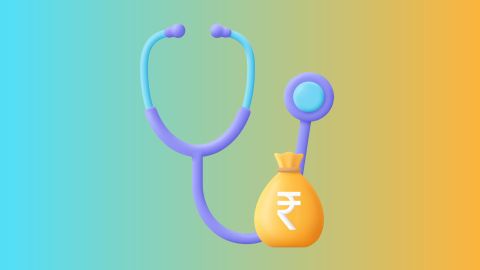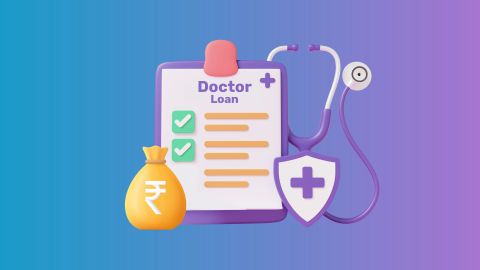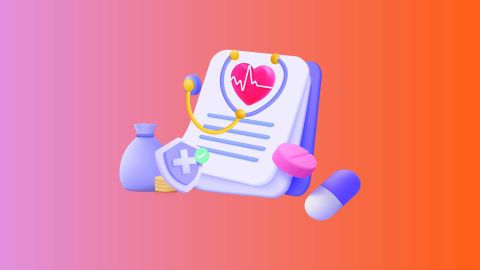Medical transcription is an essential part of the healthcare sector. It involves converting voice-recorded medical reports by healthcare professionals into text format. These transcripts are crucial for maintaining accurate patient records, supporting legal documentation, and ensuring smooth communication among healthcare providers. In recent years, the demand for medical transcription services has surged, especially with the growing need for accurate and accessible patient records. As the healthcare industry continues to evolve, the role of medical transcriptionists becomes even more vital.
Medical transcription not only helps healthcare professionals save time but also minimises errors that may arise from handwritten notes. With advancements in technology, this field has transformed significantly, offering better opportunities and services. If you are a healthcare professional looking to enhance your practice's efficiency or an aspiring transcriptionist aiming to break into this industry, understanding medical transcription's nuances is crucial. And if you need financial support to grow your career or business in this field, consider exploring a Doctor Loan from Bajaj Finance, designed to help you meet your needs.
What is Medical Transcription (MT)?
Medical transcription (MT) is the process of converting voice-recorded medical information provided by healthcare professionals into written or electronic text documents. It involves listening to audio recordings and accurately typing them into a digital format. This ensures that all medical records are well-documented, easily accessible, and useful for future reference. Medical transcriptionists must be well versed in medical terminology, grammar, and editing to produce error-free documents.
Duties Involved in a Medical Transcription Service
Medical transcription services encompass several responsibilities, including:
- Transcribing dictated medical reports into written format.
- Reviewing and editing drafts prepared by speech recognition software.
- Ensuring accuracy and consistency in medical records.
- Converting complex medical jargon into clear and understandable language.
- Maintaining patient confidentiality and adhering to legal and ethical standards.
- Formatting reports according to specific guidelines set by healthcare institutions.
What does Medical Transcriptionists Do?
Medical transcriptionists play a pivotal role in the healthcare system. They listen to recorded dictations by doctors and healthcare providers, convert them into text format, and ensure that the documents are accurate. They often work with electronic health records (EHR) systems and help maintain the flow of patient information within a healthcare facility. Medical transcriptionists also have the task of proofreading and editing to ensure no discrepancies in the reports.
How to Become a Medical Transcriptionist?
Becoming a medical transcriptionist requires a blend of training, education, and skills. The typical steps include:
- Completing a certification program or diploma in medical transcription.
- Gaining proficiency in medical terminology, anatomy, and transcription software.
- Acquiring practical experience through internships or entry-level positions.
- Continuing education and obtaining relevant certifications, such as the Certified Medical Transcriptionist (CMT) or Registered Medical Transcriptionist (RMT).
Education and Training Required for Medical Transcriptionists
Most medical transcriptionists have postsecondary education, such as a certificate or diploma in medical transcription. These programs cover subjects like anatomy, medical terminology, healthcare documentation, and English grammar. Some employers prefer hiring candidates who have experience with EHR systems and transcription software. Ongoing education and training are also crucial to stay updated with the latest industry practices and standards.
Reasons to See a Medical Transcriptionist
There are several reasons why healthcare facilities and professionals rely on medical transcriptionists:
- Ensuring accurate documentation of patient records.
- Streamlining communication among healthcare providers.
- Reducing the risk of errors in patient information.
- Enhancing the overall efficiency of healthcare practices.
Skills Required for a Medical Transcriptionist
The skills necessary for a successful career in medical transcription include:
- Excellent listening and comprehension skills.
- Proficiency in medical terminology and anatomy.
- Strong typing and editing abilities.
- Attention to detail and accuracy.
- Familiarity with transcription software and EHR systems.
Benefits of Healthcare Transcription Services
Healthcare transcription services provide several advantages, such as:
- Improved accuracy in medical records.
- Faster turnaround time for documentation.
- Reduced administrative burden on healthcare providers.
- Enhanced patient care through clear and concise records.
- Cost-efficiency for healthcare practices by outsourcing transcription needs.
The Future of Medical Transcription
The future of medical transcription is promising, with advancements in speech recognition technology and artificial intelligence playing a significant role. While some tasks may become automated, the need for skilled transcriptionists to review, edit, and ensure that accuracy will continue. The demand for quality medical transcription services will likely grow as healthcare providers seek to improve patient care and documentation processes.
Conclusion
Medical transcription is a critical component of the healthcare industry. It ensures accurate and comprehensive patient documentation, which is vital for effective treatment and legal purposes. If you are looking to expand your career in this field or need financial assistance to support your medical practice, consider the Doctor Loan from Bajaj Finance. It can provide you with the necessary funds to invest in the right resources and grow professionally.




